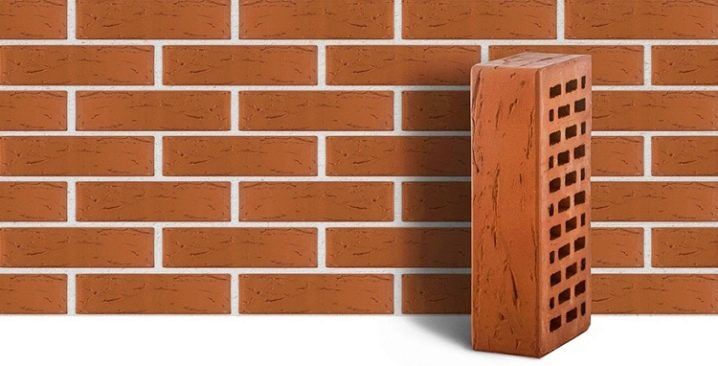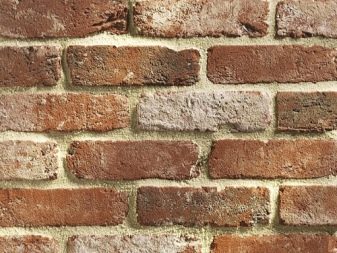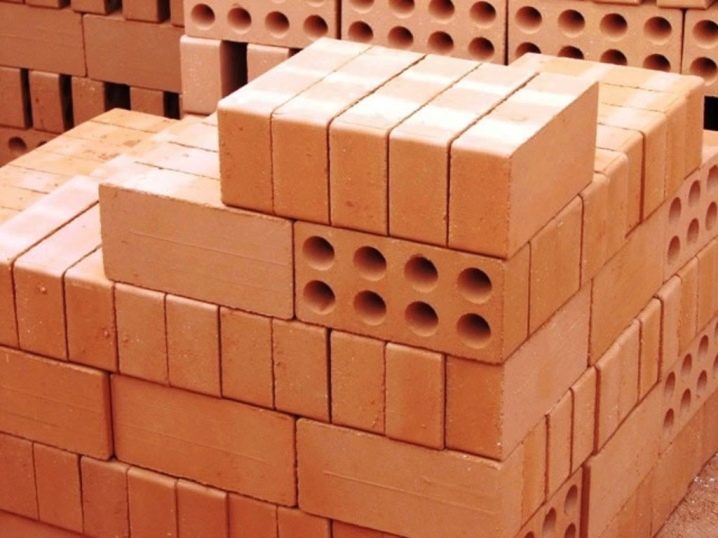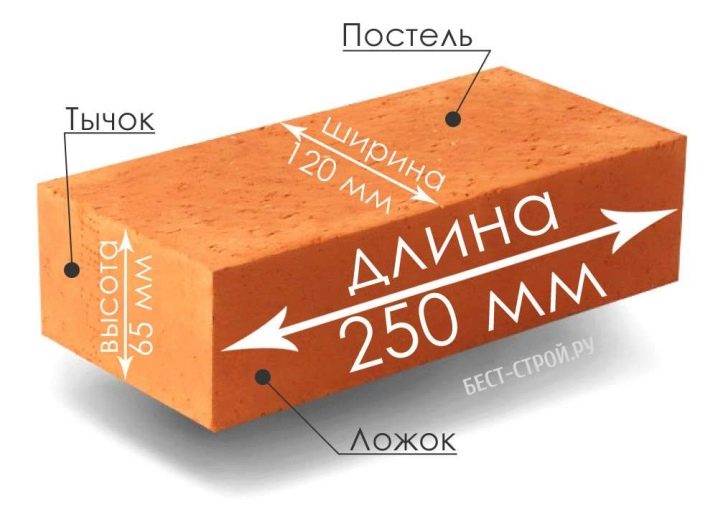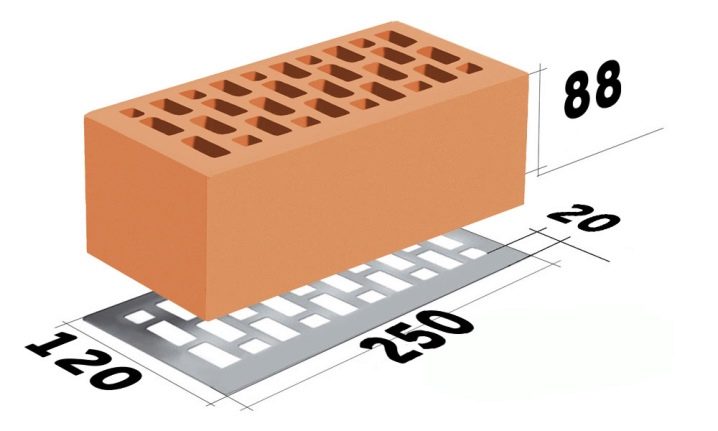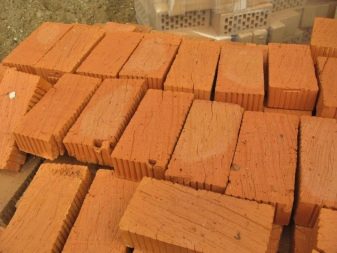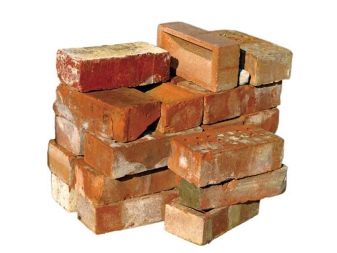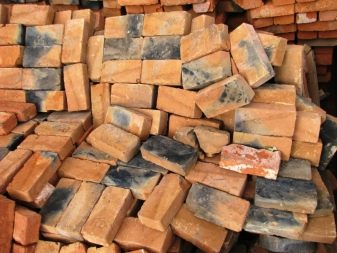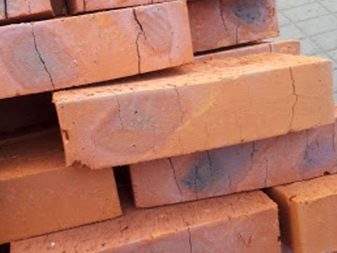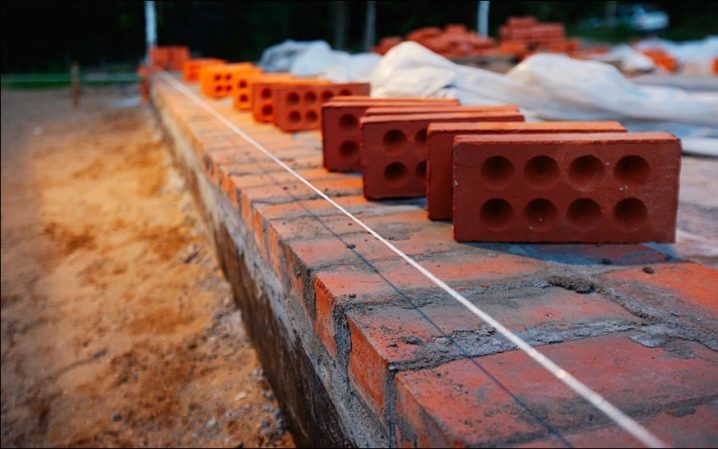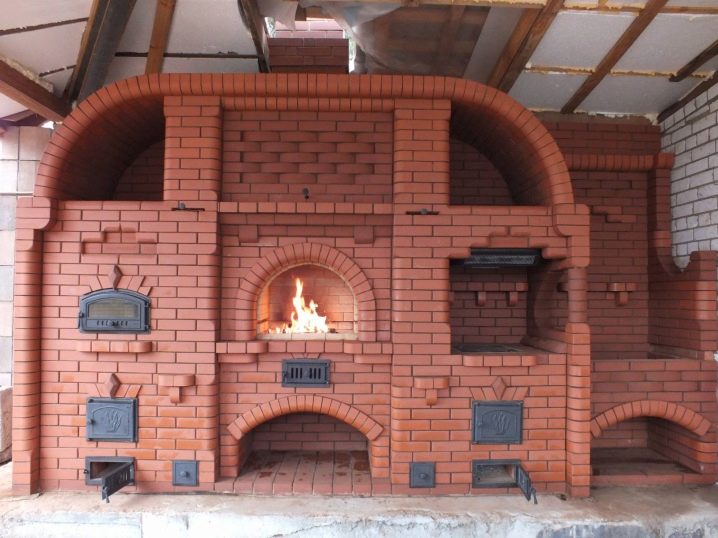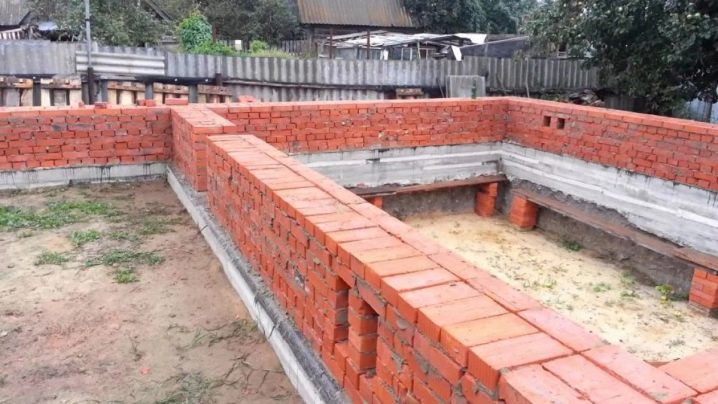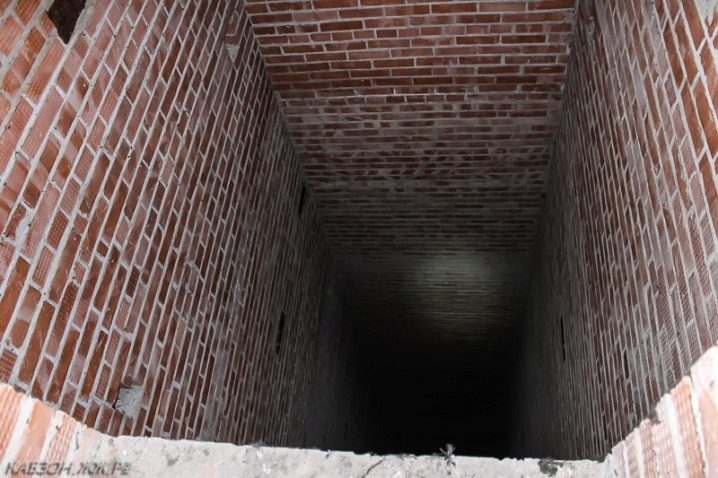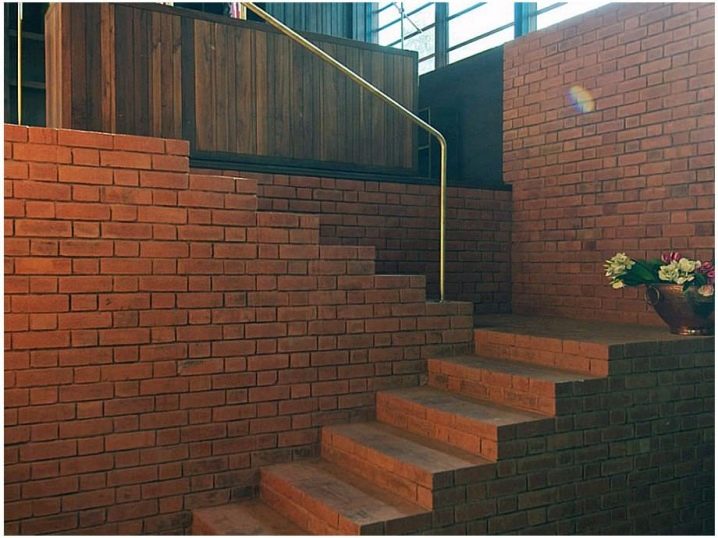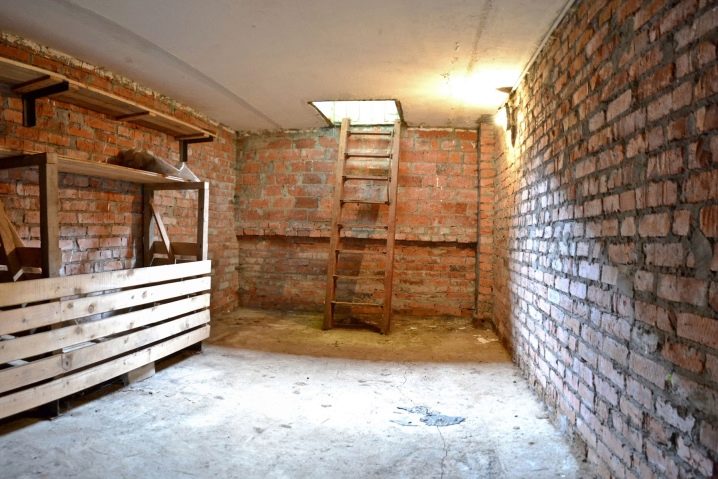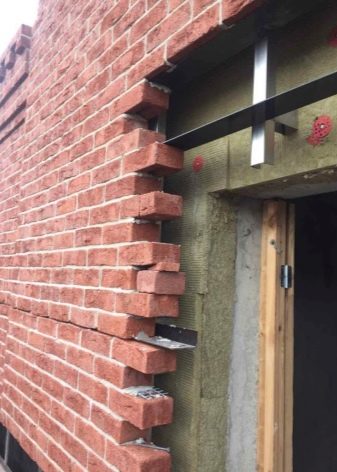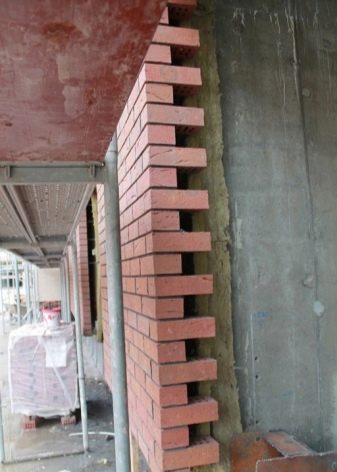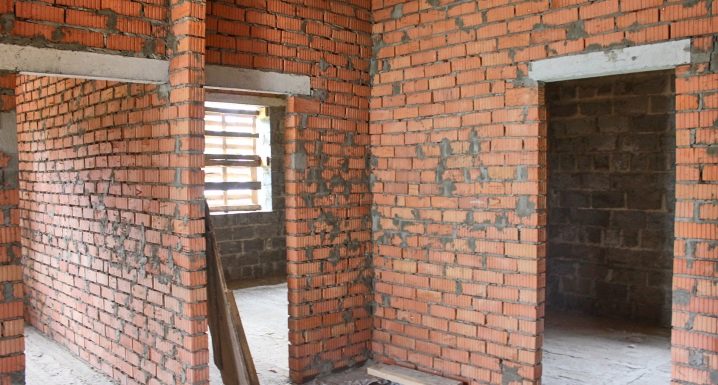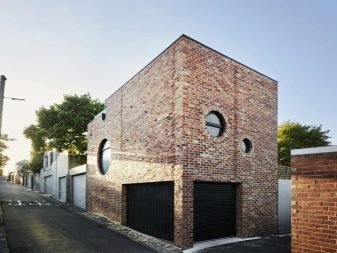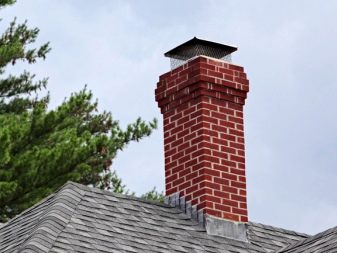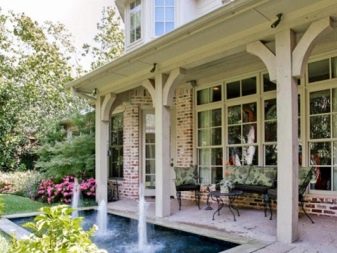Sizes and features of red brick
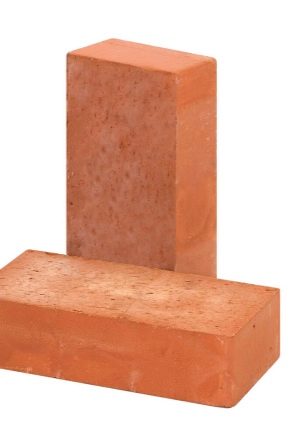
In determining the size of red brick, the thickness of a standard single ordinary product is of great importance when carrying out construction work of any complexity. Laying walls and many other activities require the use of this practical and safe material. The height, length and other dimensions of an ordinary brick and a half brick in many respects depend on which particular type the selected type of material belongs to. It is this factor that largely affects all the characteristics of building ceramic blocks.
Special features
Solid red brick is a completely unique building material that combines the capabilities of natural and artificial components. It is produced under the influence of high temperatures, is formed from specialized grades of clay and allows you to provide the optimum balance of strength, environmental friendliness and durability. The absence of voids in the finished ceramic product provides it with a uniform composition and allows even with minor mechanical damage to maintain the original strength characteristics. This is of great importance in cases when it comes to the construction of massive walls subjected to the most intense loads.
When used in the construction of the foundation, solid brick prevents cracking and destruction of the structure under the influence of groundwater, frost, swelling of the soil. In this case, the process of laying is much more convenient and efficient. For example, a corpulent ceramic block can be fixed in a row with a mallet. But there are small cons. In comparison with hollow counterparts, red brick is better conducts and gives off heat, has its own characteristics of sound insulation.The mass of each product also matters. In this case, it ranges between 3.3-3.6 kg. The exact mass depends on the size and design features.
Species
There are different types of ordinary red brick. In total on sale you can find more than 15,000 variants of such ceramic products. Classic varieties of ordinary brick in full-bodied performance are usually labeled M-150. For the construction of the basement of the basement construction used marking M-125. For the creation of fireplaces and other devices of air heating special ceramic products of furnace type are used.
They withstand contact with open fire, in contrast to the usual solid or hollow products have heat resistance and a significant margin of safety. There is also a double or backing variant - “loaf”, used in the construction of supporting structures of buildings and structures. For the formation of the draft layer of masonry special brick is used. It involves the subsequent finishing of the wall with facing materials.
Dimensions
The normal size of the red brick is established by the current requirements of GOST 530-2007.NF - this is exactly what the labeling of a typical product looks like. The size of this standard product is 250x120x65 mm. When transverse-longitudinal masonry walls it is recommended to use this option. But not only it is used in the arrangement of walls or foundations. For example, eurokirpich thickness is the same - 65 mm, but the dimensions are 250x85 mm.
For products of the old sample the dimensional characteristics are calculated individually. For oven products there is a standard GOST 8426-75. It is used for making thickened products, whose width is 88, length 250, and height 120 mm. For single red brick there are regulations that provide him with the necessary ease of installation. Since there are also one-and-a-half and double products, it is necessary to take this moment into account when selecting and purchasing the selected material. For example, in twin ceramic blocks, the thickness reaches 138 mm. For one-and-a-half products, this indicator is 88 mm.
In addition to the standard brick, there is also non-standard. The same variant of the euro implies the use of a stone, which on the wide side has not 120, but 60 mm. There is also the practice of direct manufacture of custom-made ceramic products.So, non-standard options are used as the basis for laying the roof, decorating the facade, decorating interior or exterior solutions. There are craftsmen who create products by hand - in this case it’s impossible to talk about product standardization.
Allowed standard deviations
In the production of red brick, certain standards and regulations are used to distinguish standard-compliant products from obvious and obvious defects. For example, the degree of mechanical damage available is of importance. The higher it is, the more likely the fact of rejection will be. But everything must be considered individually.
Why you can not use defective products - no need to explain. They are really dangerous for the entire structure and can lead to the destruction of a building or structure over time. Violation of the recommendations set out in the SNiP or GOST, makes it impossible to carry out accurate calculations. Product parameters are arbitrary. Yes, and the dimension to comply is quite difficult. Among the permissible deviations from the norm are the following.
- The presence of small chips of ceramic material on the surface of the ribs. A slight dulling of the angle on one or two faces can also be made. The length of the defect should not exceed 1.5 cm. When these parameters are exceeded, the use of bricks is not allowed.
- The roughness of the faces, expressed in the curvature of the deviation from a given geometry, is allowed only if this indicator does not exceed 3 mm. In all other cases, the masonry performance will be violated.
- Cracks on the surface of ceramic stone. Among the acceptable options - only a single detection of cracking and exclusively on the longitudinally located edges. The maximum depth of the crack is 30 mm. Deeper damage automatically translates a brick into the category of defective goods.
Application area
Among the areas of application of solid red brick are the following options.
- For the cap. Here this material is really irreplaceable, even a specialized version of this type of product is produced, capable of providing the necessary resistance to external influences.The absence of voids prevents its deformation, gives the finished base of the house or garage high strength, practicality and reliability. Brickwork with proper formation allows to achieve high strength and durability, prevents erosion of the structure, the appearance of mold and fungus on its walls.
- For the stove. Ceramic blocks give off heat well when heated and can store it for a long time. Fire resistance for this material is really an important factor. That is why clay, initially undergoing heat treatment, becomes the best solution for making stone for building a hearth in which an open flame will burn.
- For the foundation. Here the requirements are almost the same as for the basement variety. For example, the main focus is on the strength characteristics of the product, its ability to withstand the effects of moisture and frost.
- For elevator shaft. It requires certain strength characteristics, compliance with moisture and ventilation. That ceramic blocks are an excellent solution for the successful operation of elevator facilities for a long time.
- For the construction of staircase structures. Here, the strength, sound insulation properties and the universality of bricks are also absolutely indispensable. Ladder structures of complex shape, with unusual geometric characteristics, can be erected in a relatively short time and without additional efforts.
- For the basement. Here, brick is mainly used as an element of internal lining, is used as a structural element, it makes it possible to guarantee the achievement of an excellent result in using both when laying brick in half, and in creating thicker walls.
- For the formation of ventilated facades. The design of the outer wall of a building or structure requires the preservation of a certain level of air exchange. It is brick that helps to achieve the desired result and maintain the desired level of strength without losing the specified performance properties.
- To create partitions inside buildings and structures. It is the red brick in this case that makes it possible to obtain the best conditions for the fast and high-quality construction of both solid and partial walls.It is worth paying attention to the fact that fencing of balcony structures, columns and supporting elements in the interior are often made from this material.
The knowledge of the sizes and features of a red ceramic brick allows to find for it the most exact practical application. Useful information about all the features of the building material is the key to the successful achievement of the specified strength characteristics for buildings and structures. No matter how difficult the project is, to obtain accurate calculations, both the engineer and the ordinary master always need only the necessary minimum of information. In addition, the scope of full-bodied red brick is so wide that it is not limited to the banal construction of walls or fences. Accordingly, the value of this material lies precisely in its convenient size and unique characteristics.
You can learn more about red brick from the video below.
